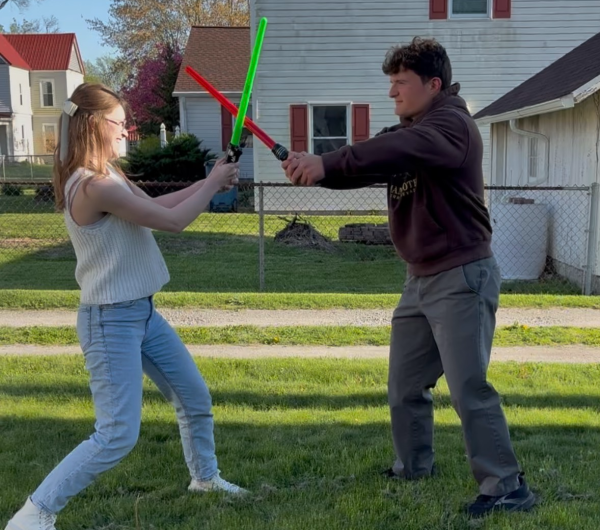College Gymnastics Finals
On April 13 the collegiate gymnastics teams will be competing in the semi finals. Florida, California, LSU, and Denver will all be competing against each other to see who moves on. Then Oklahoma, Utah, UCLA, and Kentucky will compete at a later time to see who moves on. Here is how the competition will work. There will be two total sessions so the eight teams can compete, and the top two teams will advance to the next meet to compete. It is like march madness brackets but a little more difficult to understand as there are more details that go into it. There will be a total of two meets to find out who wins it all. The first meet is the semifinal of the eight teams to see who will advance onto the team final.
Now let’s talk about the events they will be doing. The first event is vault, vault is where the gymnast runs down a long runway and has to flip over the table and land to get a good score. The most common vault at the collegiate level is the yurchenko. In this vault you have to do a round- off back handspring over the table with twists and land it. The next event is bars, there are two different height bars and you flip between them and grab the other one all while doing handstands and many different skills.
The next two events are Floor, and beam. Floor is the event where you tumble and dance. The floor is 40×40 feet. It also has springs underneath the floor for the gymnasts to be able to flip as high as they are able to. Now onto beam, beam is where the gymnasts flip, turn, and dismount all while on a four inch beam. In my opinion I think the beam is the hardest of the events, because it is so small. Now let’s talk about how the scoring works. There are a total of four judges on each event, then there are a total of six judges in NCAA event finals. For the scoring the judges go out of ten. There are many deductions that gymnasts can get to lower their scores, but many have also gotten a perfect score. Six gymnasts from each team compete in the event and a total of five of their scores count. Those five scores are added together for a team’s combined event score, and then all four event scores add up to the team’s final score.
Oklahoma won the national championship. The Sooners are back to back championship winners. The final four teams were Oklahoma, Florida, Utah, and LSU. Their ending scores were Oklahoma had 198.38, Florida with 198.23, Utah with 197.93, and LSU with 197.52. All the teams had a great year, and a great meet.
Hi my name is Kenzie McLeland. I am a senior at Lewis Cass High School. I enjoy spending time with my family/friends, working out, and hanging out...






